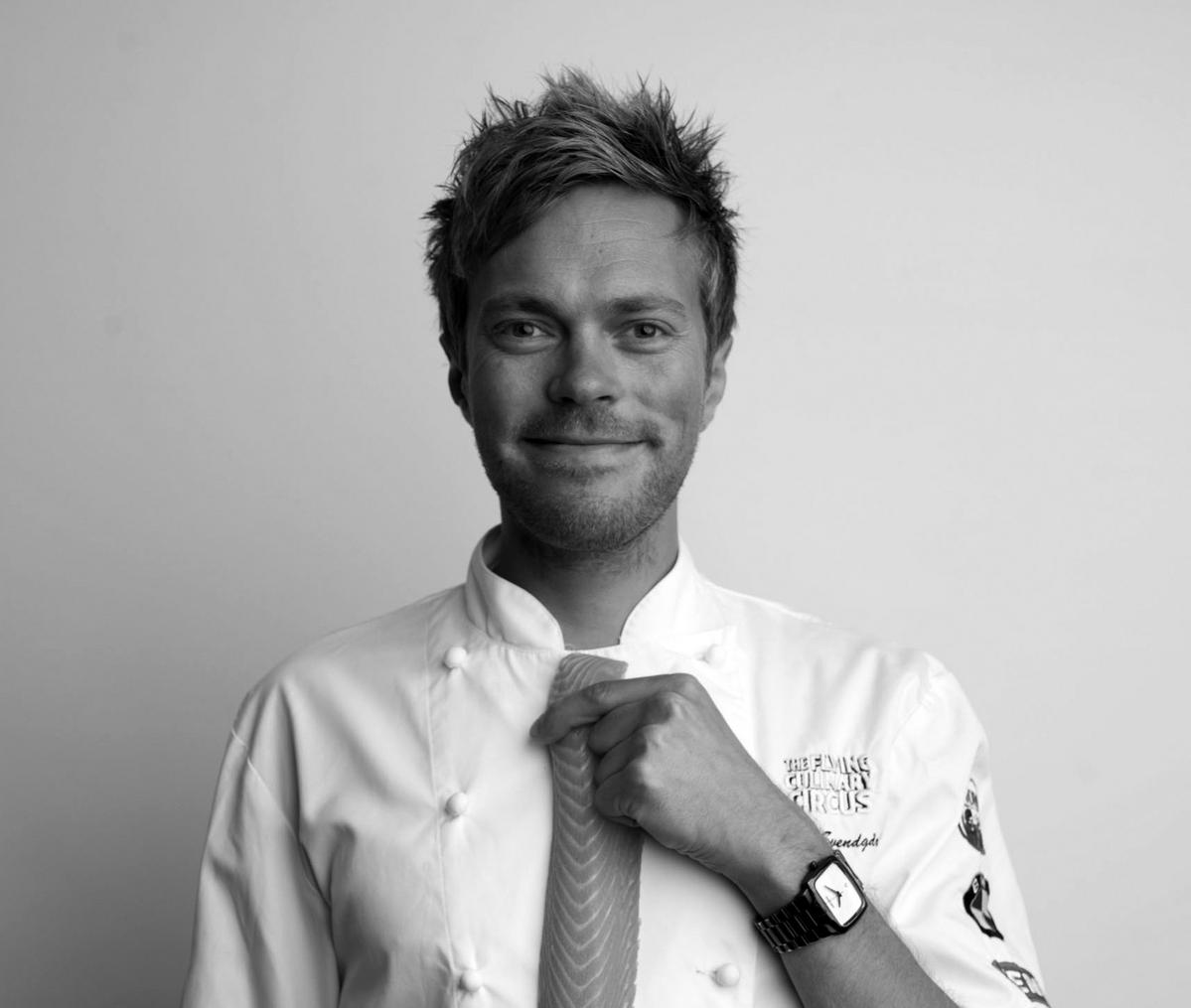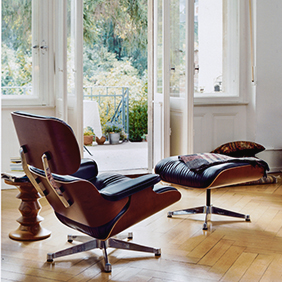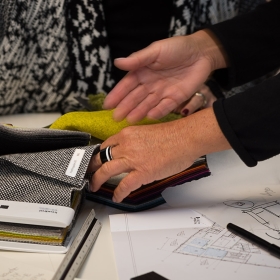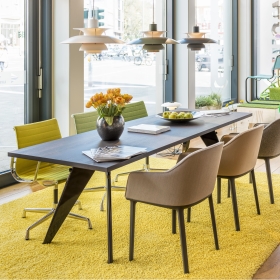Trond Svendgård
Trond Svendgård
Trond Svendgård is best known as a food designer. The Norwegian gourmet chef however repeatedly proves that culinary enjoyment and good design go hand in hand. With his flair for form and aesthetics, Trond Svendgård enlivened not only modern food culture, but also the Norwegian design industry right from the start of his career.
Trond Svendgård „Keep it simple“
As a co-founder of Northern Lighting - today simply Northern - Svendgård designed the first lamp himself in 2005. According to his motto "Keep it simple with few ingredients", the Snowball lamp consists of a few ingredients (glass/steel) and has different Textures (round, square, short, long). In this case, the minimalist Scandinavian design of the Snowball lamp has a lot of Bauhaus character, and of aspects such as simplicity and functionality which are at the core of the creative food expert's thinking.
Passionate cook and product designer
Trond Svendgård is someone the writer John Strelecky would probably say has already "found the purpose of its existence". In every phase of his life he follows his passions - cooking, product design, then cooking again. Always on the trail of the exciting new, Svendgård co-founded the self-proclaimed first and only travelling culinary rock group in the world - the Flying Culinary Circus. The “band” travelled to 65 countries to inspire with their interpretation of the motto “Share the fun of cooking”.
Svendgård's future projects lie somewhere between cooking, his webshop for the sustainable cultivation of natural resources and a large portion of curiosity and fun and who knows ... maybe someday again in product or interior design.

smow talks with Trond Svendgård
smow: How did it come about that you created a luminaire, although you were already successful in the food sector very early in his career? And how did the collaboration with Northern come about?
Trond: I´m one of the founders of Northern, and to start we needed our first product. I became the natural choice to create our first lamp since I´ve worked most with aesthetics and function thru my culinary art. The other three was economics, but later we connected with real designers. Perhaps cooking is something totally different, but too you can draw parallels and take advantages from this.
My food philosophy is „keep it simple with few ingrediencies “, then it´s easier to succeed. To create a classic dish, it´s even more important because everyone must be possible to create it and like it.
If you think about all food classics, we have in different kitchens mostly of them is simple with a few ingrediencies “. They often need different textures (crispy, soft etc.) and different balance of taste (sour, sweet, salt, bitter) to become a good dish, and to become a new classic.
Snowball became a result of this cooking philosophy. It´s few ingrediencies (glass/steel) it has different textures in a way (round, square, short, long) and you don´t need to have a certain taste to like it. It´s simple and have a function that suits most of the settings. Maybe we soon can call it a classic after being a bestseller for almost 20 years?
I guess all designers will think differently than a chef, it could be fun to see more chefs lamps out there. Guess their cooking style would come thru in the design.
smow: What connection do you see between good food and the environment in which it is cooked?
Trond: Serving food to guest is all about the environment you serve it in, but even more the story you serve it with. This is because people eat with their brain. If your told to find something in the food, you will search for this and easier find it and get amazed. As professionals we use this technique all the time when serving. You could say a dish should speak for itself, but with a story you take it to the next level. If you add an environment and season that suits the dish and top it with some surprises you create what I call a food experience.
But if I had to choose one, I would choose „serve it with a story “. You can serve the same dish to two persons. The first person you just place the dish and leave. The second one you tell where you got the ingrediencies, how you got them, how its farmed/harvested, how you were thinking when you created the dish and what they should search for when tasting.
I can promise you two totally different results from those to guests. The environment can do the same, like serving cured meat on the top of the mountain instead of in the bar, but it has to follow a story.
smow: Would you like to pursue product design again or are there future projects? Do you set goals for the coming years or do you prefer to let things come to him?
Trond: I´m a person who follow my interests. First it was cooking – all in, 200%, but after 10 years I felt I´ve experienced most of it and achieved what I wanted. Then it became design and starting up a new Norwegian company, Northern Lighting for some years. I then missed cooking and started as a travelling chef (with The Flying Culinary Circus). 60 countries later I missed the nature and started picking things in the forest. This became a book and a web shop. I then got interested in growing and developed a web shop called plukkselv.no. Right now, it is still growing, so I think my next projects will be in that area. God knows what my interests are tomorrow when I wake up.
smow: As a Norwegian, how did you come to be inspired by Bauhaus when designing the Snowball? A journey? Was this your first luminaire and would you create it differently today?
Trond: I think my food philosophy use many of the same ideas as the Bauhaus principles. Ideas like form follows function, true materials, minimalism, smart use of resources and simplicity and effectiveness. But this is also principles from Scandinavian design, known for its elegance, minimalism, respect for natural materials and excellent craftsmanship. Modern Scandinavian design has its roots in traditional crafts, but it owes much to the functionalism of the first half of the 20th century. One movement, or rather school, that has had the biggest impact on it is Bauhaus…
This was my first luminaire and I´m would certainly not create the same today, not because I´m not happy with it. But because my head, age and ideas are on a different place than 20 years ago.



























